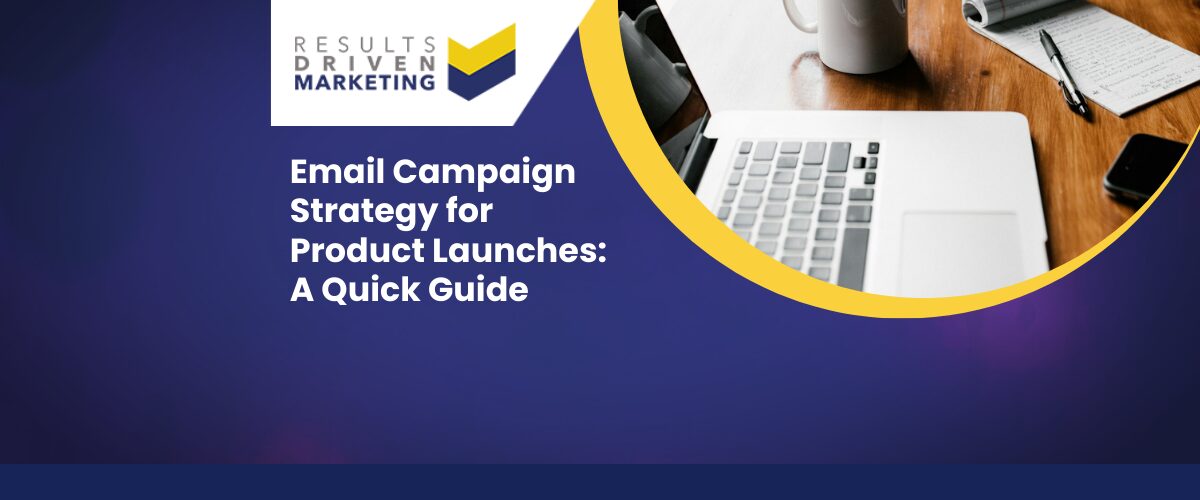
What to Include in a Marketing Email for Better Results
What to include in a marketing email is one of the most important decisions you’ll make when planning a campaign. In B2B marketing, especially when you’re reaching out to fresh contacts from purchased data, every email needs to pull its weight. The right elements will help you capture attention, deliver value, and move your reader toward taking action — all within the space of a few short paragraphs.
The challenge is that many marketing emails miss the mark. Some are overloaded with unnecessary detail, while others fail to include the basic building blocks that make messages effective. With inboxes busier than ever, your recipients won’t give a poorly structured email a second glance.
In this guide, we’ll break down each essential component, explain why it matters, and give you practical tips to ensure every email you send is purposeful, persuasive, and primed for results.
Table of contents:
The Core Purpose of a Marketing Email
Before you decide what to include in a marketing email, you need to be clear on why you’re sending it in the first place. A well-defined objective shapes your content, tone, and call-to-action — and ultimately increases the chances of your recipient taking the next step.
Clarify Your Objective
Ask yourself: are you aiming to generate leads, nurture prospects, promote an offer, or drive traffic to your website? Each goal requires a slightly different structure and message.
Match the Message to the Buying Cycle
Cold prospects might need educational content to build trust, while warmer leads may be ready for a direct offer. Aligning your message with where the recipient is in their decision-making process increases relevance.
Why Purpose Improves Response Rates
When your email is focused and intentional, your reader can quickly understand what’s in it for them — and why they should respond.
Key Elements Every Marketing Email Should Have
Once you’ve defined your objective, it’s time to make sure your email includes all the components that drive engagement and action.
Compelling Subject Line
Your subject line is the first impression. It needs to grab attention in a crowded inbox without sounding spammy. Focus on clarity, curiosity, or a clear benefit.
Engaging Preview Text
This supports your subject line and gives recipients another reason to open your email. Avoid repeating the subject line — instead, add extra context or intrigue.
Personalised Greeting
Using the recipient’s name or industry detail helps your message feel relevant and tailored.
Clear, Benefit-Led Body Copy
Lead with value rather than features. Structure your message for quick scanning with short paragraphs and bullet points.
Strong Call-to-Action (CTA)
Make the next step clear and compelling, using urgency or exclusivity without being pushy.
Relevant Visuals
Use images or graphics when they support your message, but keep load times fast and design mobile-friendly.
Best Practices for B2B Marketing Emails
Including the right elements is important, but how you deliver them can make all the difference. These best practices will help ensure your email not only looks professional but also resonates with busy decision-makers.
Align Tone and Style with Your Audience
Write in a way that matches your recipients’ expectations. For B2B, this usually means being professional yet approachable — avoiding jargon, but keeping the message credible.
Keep It Concise but Impactful
Decision-makers scan emails quickly. Stick to the essentials, highlight the benefits, and make sure your main point is visible without scrolling.
Ensure Compliance from the Start
Your marketing emails must follow GDPR and CTPS rules. Include your company details, give recipients an easy way to opt out, and use only permission-based or compliant data sources.
Common Mistakes to Avoid
Even when you know what to include in a marketing email, certain pitfalls can weaken your message and reduce engagement. Avoid these to keep your campaigns effective.
Overloading with Information
Too much detail can overwhelm the reader and hide your main point. Focus on one clear message per email.
Using Vague CTAs
If your call-to-action isn’t specific, your reader won’t know what to do next. Avoid generic phrases like “Click here” — instead, use clear, benefit-led actions such as “Book your free consultation.”
Forgetting Mobile Optimisation
With many decision-makers checking emails on their phones, your design and copy must work on small screens. Test your layout and ensure buttons are easy to tap.
Neglecting Proofreading
Typos or formatting errors reduce credibility. Always review your email before sending to protect your professional image.
Measuring the Effectiveness of Your Emails
Once you’ve sent your campaign, tracking performance is essential to improve future results. Knowing what works — and what doesn’t — allows you to refine your approach over time.
Track Key Metrics
Monitor open rates, click-through rates, and conversions. This helps you understand whether your subject line, preview text, and CTA are working.
A/B Test Different Elements
Experiment with variations of your subject line, email layout, or CTA to see which drives better engagement. Make changes based on data, not guesswork.
Refine Based on Audience Behaviour
If certain industries or job roles engage more with specific content, tailor your email lists and messaging accordingly.
Consistent measurement and optimisation will ensure your emails stay relevant, effective, and aligned with your business goals.
Why Choose Results Driven Marketing
At Results Driven Marketing, we know that understanding what to include in a marketing email is just the start. The real results come from combining compelling content with accurate targeting and compliant data.
Why SMEs choose us:
-
Over 12 years’ experience in B2B marketing and data supply
-
Access to over 2,000 industry sectors for precise targeting
-
Fully GDPR and CTPS compliant as standard
-
Campaign strategies tailored to your preferred outreach style
-
Fast turnaround and responsive customer service
We provide both the data and strategic guidance to ensure your marketing emails reach the right people, with the right message, at the right time.
For tailored campaign advice or to source high-quality email lists, contact us today.
Final Thoughts: Make Every Email Count
Knowing what to include in a marketing email gives you the foundation for building campaigns that get opened, read, and acted on. By combining a clear objective, essential elements, and best practices, you can create emails that feel relevant, professional, and worth your recipient’s time.
Remember — in B2B marketing, your emails are often the first impression a prospect has of your business. Keep them concise, benefit-led, and visually clean. Avoid the common mistakes that dilute your message, and use performance data to keep improving over time.
If you’re ready to improve your marketing email results, we can help. Contact us for expert guidance, compliant targeting, and data-driven strategies that deliver measurable ROI.
Results Driven Marketing
B2B Data Experts | GDPR-Compliant | UK SME Specialists
📍 Cobalt Business Exchange, Newcastle
📞 0191 406 6399 | 🌐 rdmarketing.co.uk





